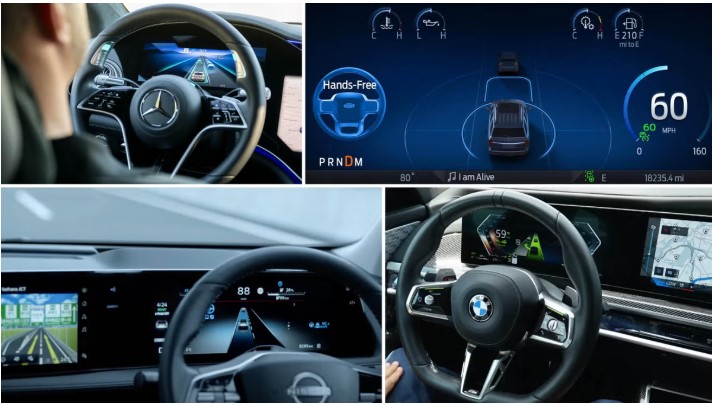
We like driving—but we don't particularly enjoy driving in bumper-to-bumper traffic or on long highway slogs. Hands-free systems are here to help, and we're here to help you understand their capabilities and limitations.
We've sifted through the marketing fluff and technical info to bring you details on all hands-free driving systems you can get on a new car right now. The basics are generally the same: the driver can remove their hands from the steering wheel only on specific, mapped roads under certain circumstances, and they have to pay attention and be ready to take back control; a camera hidden somewhere pays attention to them and is supposed to identify distraction, which is followed by some sort of nagging.
Anything interesting or out of the ordinary is noted below, along with which models offer the tech, costs for software and hardware, and where a particular system can be used. We've also linked to maps showing system coverage where available.
The hands-free landscape is changing rapidly, with new players joining the fray and the incumbents adding features and roads through over-the-air updates all the time. In addition to the seven listed here that are available now, there are systems in development from Lucid (Highway Pilot) and Rivian (Enhanced Highway Assist). Plus, there's whatever Tesla's endgame for Full Self-Driving happens to be to finally make it a hands-free system. We'll update this story periodically when new info becomes available.